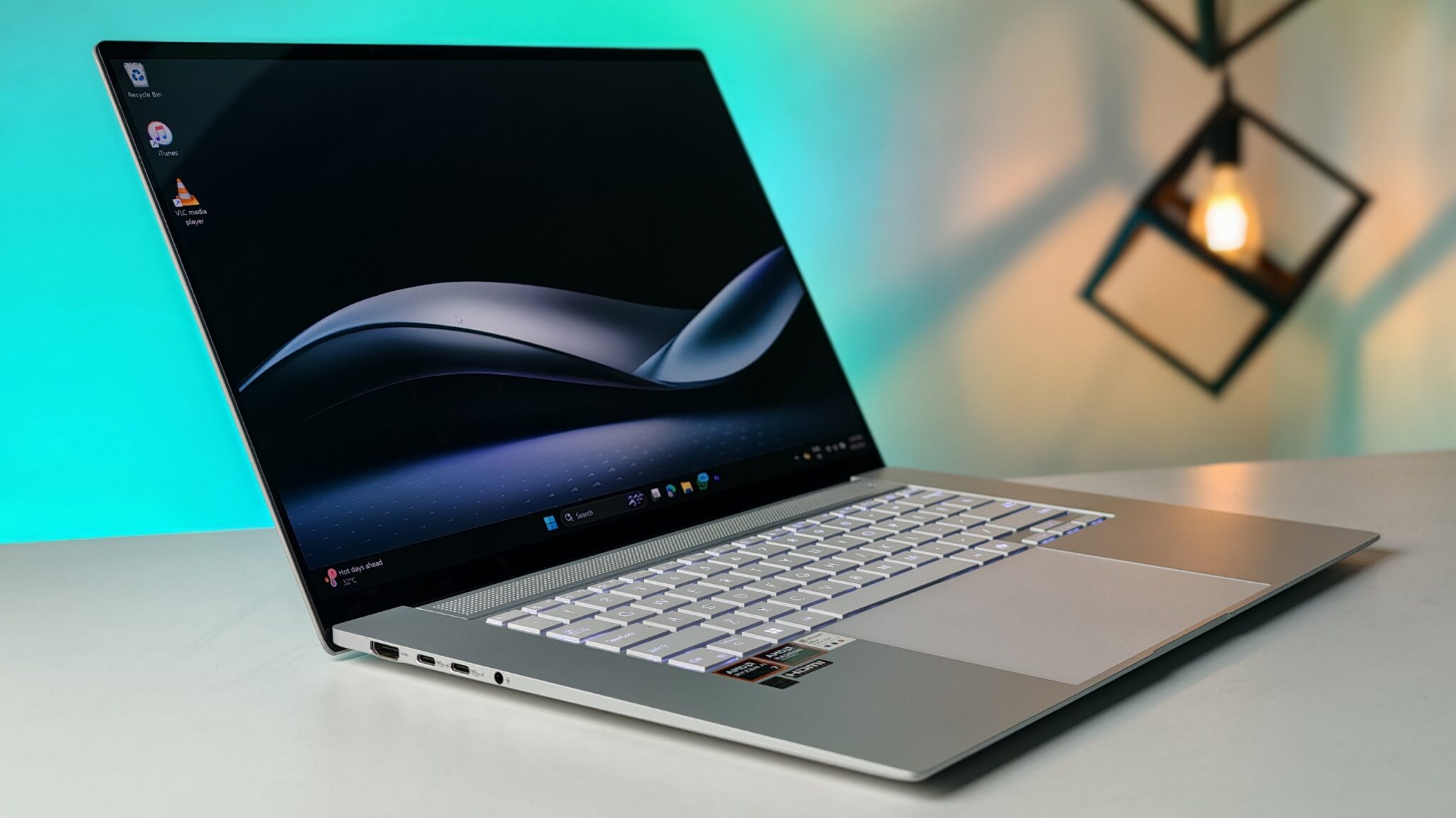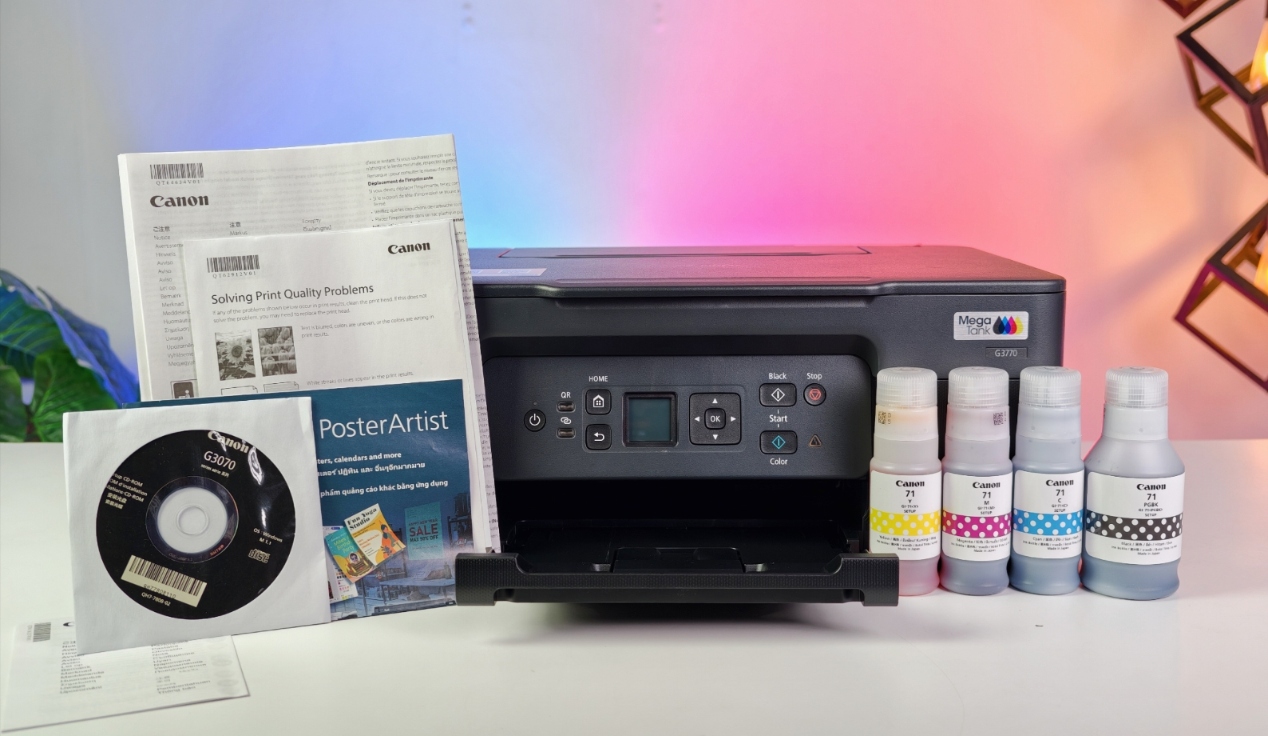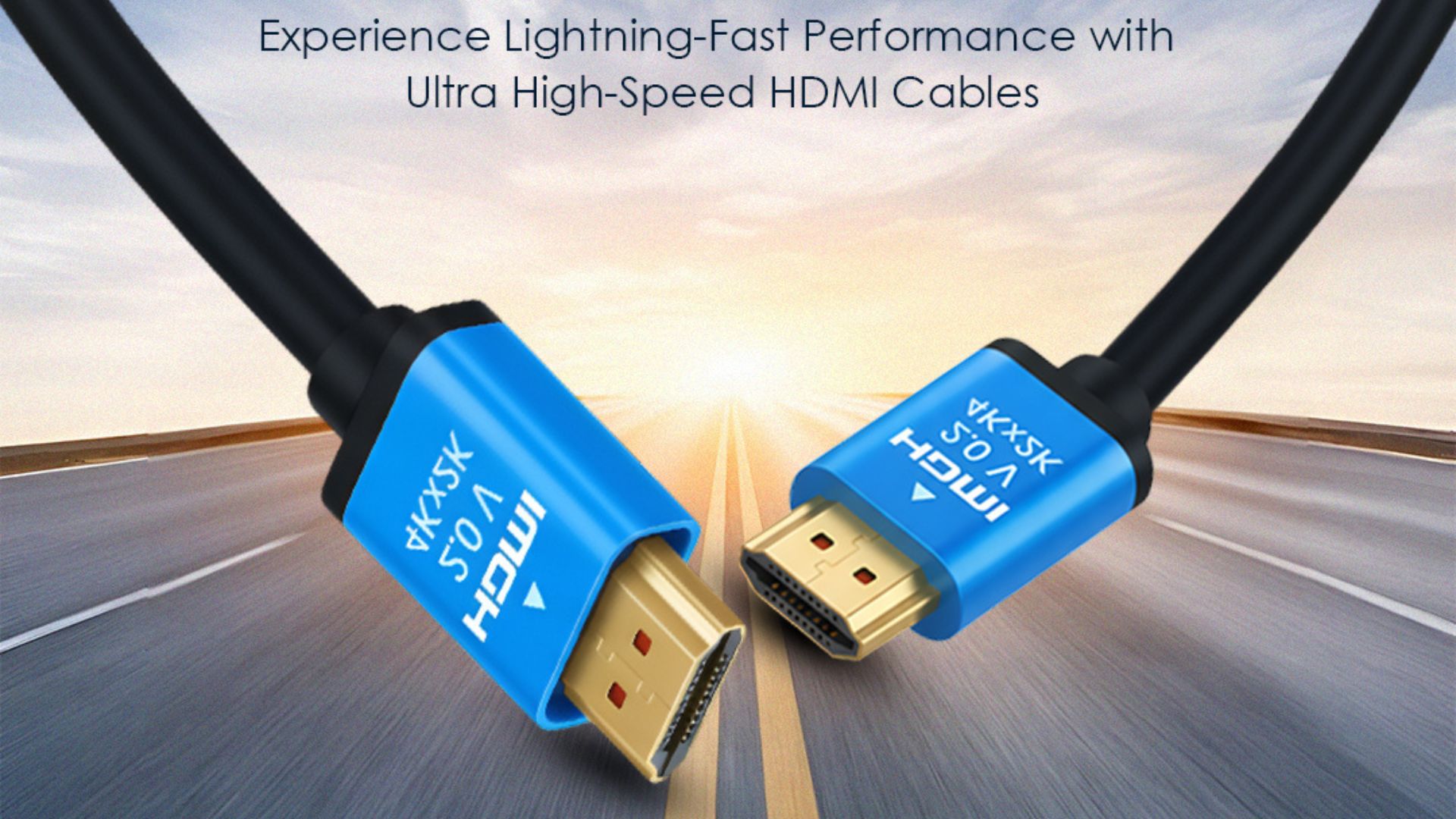Qualcomm announced a new line of processors on November 14, 2025, called the Qualcomm Dragonwing IQ-X series. These chips are not really meant for the usual smartphones or everyday laptops. Instead, they are designed for the kind of industrial computers you usually find tucked away in factory environments, running machinery, keeping robotic arms on track, or simply showing important data on a production floor. The series brings together Qualcomm’s high‑performance Oryon CPU and strong artificial intelligence capabilities, all with the intention of making industrial systems a bit smarter and, ideally, more efficient.
Key Takeaways:
- The Dragonwing IQ-X is a new processor for industrial‑grade computers, including PLCs (Programmable Logic Controllers), HMIs (Human‑Machine Interfaces), and edge controllers.
- Core CPU: It is powered by the Qualcomm Oryon CPU, a custom‑designed processor with 8 to 12 high‑performance cores.
- AI Power: It features a built‑in AI processor, or NPU, with up to 45 TOPS (Trillions of Operations Per Second) of performance for on‑device AI tasks.
- Built for Factories: The chip is “ruggedized,” meaning it is built to operate in extreme temperatures ranging from -40°C to 105°C.
- Who’s Using It: Major industrial computer manufacturers like Advantech, Congatec, Kontron, and NEXCOM are already adopting the platform.
For a long time, the industrial computing space has been dominated by x86 processors from companies like Intel and AMD. Qualcomm, usually recognized for its Snapdragon chips in mobile devices, is now taking a step into this much heavier industrial segment. That shift alone feels like an interesting move, perhaps one that shows how blurred the lines between AI, computing, and automation have become.
At the center of the Dragonwing IQ-X lineup is the Qualcomm Oryon CPU. This is the same family of custom cores used in Qualcomm’s latest laptop chips. The architecture itself originated with Nuvia, a company founded by former Apple chip engineers and later acquired by Qualcomm in 2021. By using this Arm‑based approach, Qualcomm seems to be aiming for high‑speed performance paired with better power efficiency compared to what traditional industrial PCs usually offer.
A major highlight of the Dragonwing IQ-X series is its integrated AI capability. The chip includes an NPU that delivers up to 45 TOPS, which is quite a lot of processing power dedicated solely to running AI workloads. This makes it possible to run demanding AI models directly on the device, a concept often referred to as edge intelligence. I think this is becoming increasingly important as factories try to reduce cloud dependency.
This on‑device AI can support several tasks on the factory floor. For example, it can enable predictive maintenance, where the AI system listens or monitors vibrations to figure out whether a mechanical part might fail soon. It can also help with defect detection. A connected camera can scan products on a fast‑moving line, looking for tiny flaws that the human eye might miss, especially during long shifts.
Qualcomm also designed the platform to be easier for manufacturers to integrate. The chips support Windows 11 IoT Enterprise LTSC, which is a version of Windows tailored for industrial systems. They also work with widely used industrial software standards like CODESYS and EtherCAT, which help control machinery and various automation processes.
For developers building AI workflows, the platform supports common runtimes like ONNX and PyTorch. This means creating and deploying AI models should feel familiar rather than requiring a whole new toolset. The chips also come in standard COM module form factors, allowing companies like Advantech, Portwell, and SECO to place the new processor into existing designs without having to rebuild their systems from scratch.
According to Qualcomm, this approach should help manufacturers bring new, AI‑enhanced factory computers to market more quickly. Commercial devices based on the Dragonwing IQ-X chips are expected to be announced in the coming months, so it seems the industry won’t have to wait long to see the first wave of deployments.
Frequently Asked Questions (FAQs)
Q1: What is a PLC?
A1: A PLC, or Programmable Logic Controller, is a rugged industrial computer that acts as the “brain” for automating a process. It takes inputs from sensors and makes decisions to control outputs like motors, valves, and lights on a factory floor.
Q2: What is an HMI?
A2: An HMI, or Human‑Machine Interface, is the screen or panel that a person uses to interact with and monitor a machine. It’s the “face” of the system, showing data from the PLC and allowing the operator to give commands.
Q3: What does 45 TOPS mean for AI?
A3: TOPS stands for Trillions of Operations Per Second. It measures how fast a chip’s NPU (Neural Processing Unit) can perform AI calculations. A 45 TOPS NPU is very capable and can run advanced AI models directly on the device for tasks like real‑time video analysis or fault detection.
Q4: What is the Qualcomm Oryon CPU?
A4: The Oryon CPU is a custom processor core designed by Qualcomm, based on technology from its 2021 acquisition of Nuvia. It is known for high performance and power efficiency, and it is also used in Qualcomm’s Snapdragon X Elite chips for laptops.
Q5: How is this different from an Intel or AMD processor?
A5: Most industrial PCs currently use Intel or AMD (x86) processors. The Dragonwing IQ-X uses an Arm‑based Oryon CPU. Qualcomm’s platform focuses on providing high performance with lower power consumption and includes a very strong integrated NPU for on‑device AI.


















